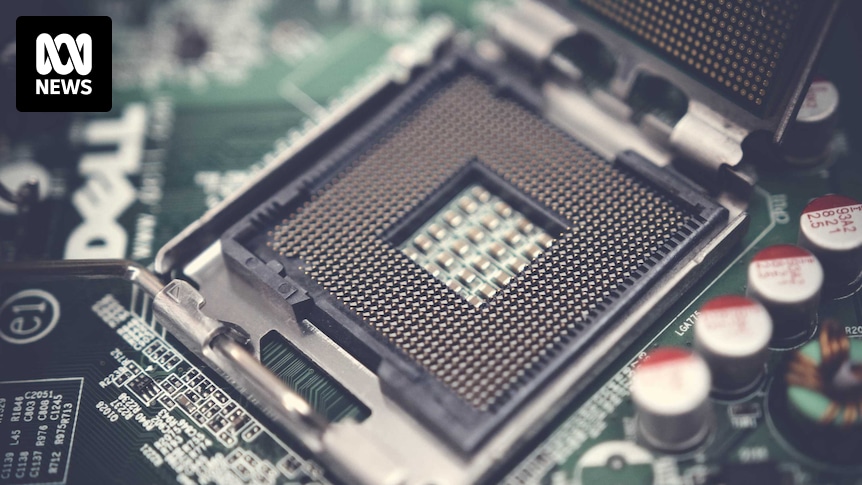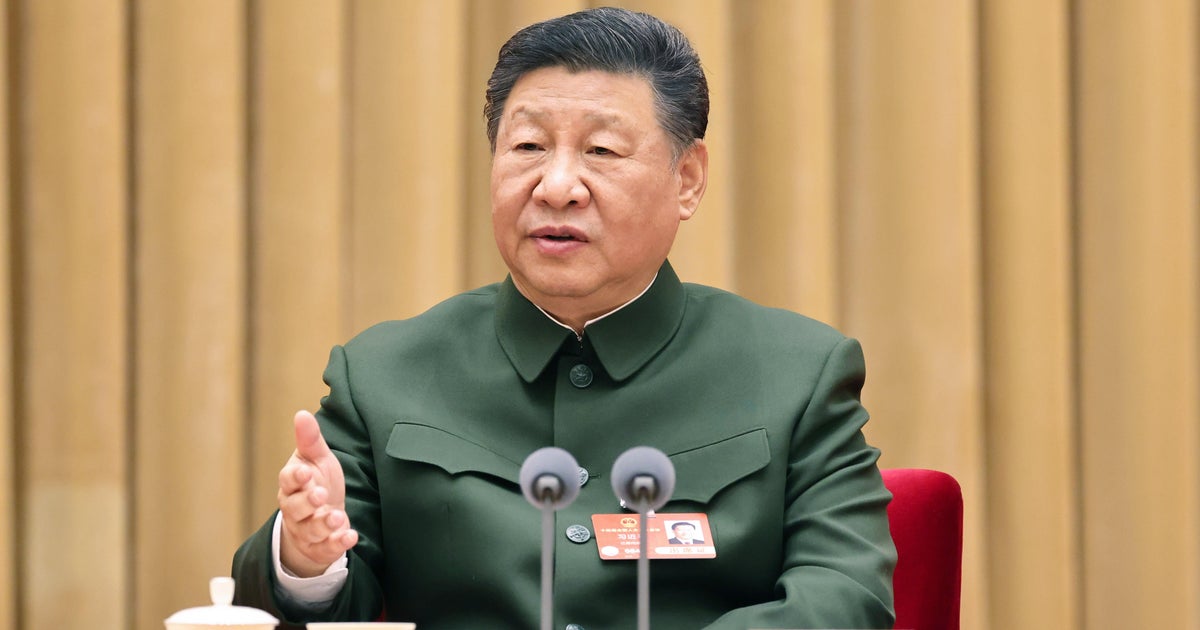For centuries, military observers have referred to it as “blood and treasure”.
For most of the rest of us, it could be neatly distilled into “wealth and war”.
History is littered with examples of nations battling for control of everything from spices to oil, gold and strategic superiority over technology.
The latest battleground centres around a wafer-thin piece of silicon, the most sophisticated of which are between 300 and 500 millimetres in diameter.
Silicon chips are now fundamental to modern life, incorporated into every facet of electronics, and vital to power the exponential growth in a world weaning itself off fossil fuels.
When it comes to wealth, the incredible rise of Nvidia tells you everything you need to know about where the future is taking us.
A company that was barely known just two years ago, it now jockeys with Apple for the mantle of the most valuable corporation on the planet.
And all because of silicon chips.
Nvidia’s share price has risen 178 per cent since the start of 2024. (Refinitiv)
Its phenomenal rise, off the back of a boom in artificial intelligence development, has driven Wall Street to a series of new records that have spilled over into developed world stock markets including Australia, where it has helped pump up superannuation accounts.
And then there is the geopolitics of chips.
For years, Taiwan has been the global powerhouse of advanced semiconductors.
But its status as an independent nation is disputed by China, which sees it as a part of its realm, all while Beijing has launched a concerted bid for domination in silicon chip production.
The country’s future is further clouded by the possibility of Donald Trump resuming the presidency of the United States, given his recent incorrect statements that Taiwan had “stolen” America’s chip industry.
“We should never have let that happen,” he said, arguing Taiwan should make a bigger contribution to its defence.
Madonna’s new song?
We are living in a silicon world.
Almost everything we own and do is digitally controlled, built using digitally powered technology, paid via digital transfers and tracked and counted digitally.
What falls outside, at the very least, uses digital inputs, services and facilities.
And all of that requires silicon chips.
Production is rapidly expanding — global output has just exceeded 30 million silicon wafers a month, as a race for control heats up.
China has been rapidly expanding its chip-processing capacity and this year is expected to dominate production.
While Taiwan ranks second, it produces the kind of high-end chips required to power generative AI and high-grade computing.
China, in contrast, dominates the production of smaller, low-end chips needed for everyday applications such as smartphones and cars.
New plants, known in the trade as “fabs”, are being built across the developed world as governments throw cash around in an effort to shore up security of supply.
Call it an insurance policy against a turbulent global political backdrop, but Taiwan’s largest contract chip maker Taiwan Semiconductor Manufacturing Company — which also happens to be the world’s biggest — has recently taken advantage of the money being thrown about by Western governments.
Taiwan Semiconductor Manufacturing Company creates high-end chips for Wall Street darling Nvidia. (Reuters: Ann Wang)
It is building three new plants in Arizona in the US, partly funded by a $US6.6 billion cash injection from the Biden administration, a new $US10 billion plant in Dresden, Germany and two in Japan.
Where are the chips?
The pandemic created a silicon chip crisis.
Protracted lockdowns in China slowed and, in some cases, stopped production, which in turn led to global shortages for a vast range of manufactured goods.
It was a major contributing factor to the onset of the inflation surge that took hold as the world came out of hibernation.
An obvious example was automobiles.
All cars, whether combustion engine or electric, are run by computers.
American car manufacturers, in particular, couldn’t source the ultra-cheap chips needed to power the Car Access Network.
Taiwan’s dominance in chip manufacturing faces geopolitical threats from both the US and China. (News Video)
Even Japan, the world’s fourth biggest silicon chip manufacturer, had difficulty sourcing the cheap but vital parts that modern cars require to start and run on.
That resulted in a global shortfall, which led to rationing and huge lead times for delivery of new cars.
The result was a massive reduction on automobile output. For Australia, even three years later, imports are only now catching up with demand.
It was a salient lesson for all.
Heightened tensions between China and the West, particularly over Taiwan, convinced many Western leaders that the era of globalisation was unwinding and that they could ill-afford to risk being stranded in an increasingly digitised world.
For all the allure that a digital world holds, there’s an offsetting vulnerability if parts are no longer available.
Treasure Island
Two years ago, Nvidia was a promising company with what appeared to be a serious price tag.
Valued at $US336 billion, it was best known for producing the high-end technology required for gaming.
Partially a story of being in the right place at the right time, it just so happens that its advanced chips and computing firepower were ideal for developing artificial intelligence.
Loading
Shortly after ChatGPT emerged on the scene, investors cast their attention to companies that could enable the new technology and quickly focused on Nvidia.
Its market value now stands at an eye-watering $US3.4 trillion, and while some believe it is hugely overvalued given the frenzied hype around AI, few would deny that it is a serious long-term player with a strong future.
It is involved in robotics, futuristic automobile componentry, cloud computing and data centres.
And it just so happens that Nvidia sources its chips from Tawain’s TSMC, the custom-order foundry for advanced chips.
The speed at which technology is advancing is best illustrated by the smartphone.
The first iPhone only hit the market in 2007 and developments since have required a serious rethink by designers and system integrators.
What once was the realm of cartoons and sci-fi movies is now becoming reality — our wristwatch can already monitor your health and independently call for assistance if you fall ill.
Along with more sophisticated telecommunications and wi-fi, mixed reality, virtual reality, self-driving cars and avatars are now well within reach.
Domination of those possibilities, or at least self-reliance over the technology that controls it, is now front of mind for many world leaders.
The battle for Taiwan, diplomatic or otherwise, will be more than a fight over democratic rights and cultural history — there’s treasure involved.


